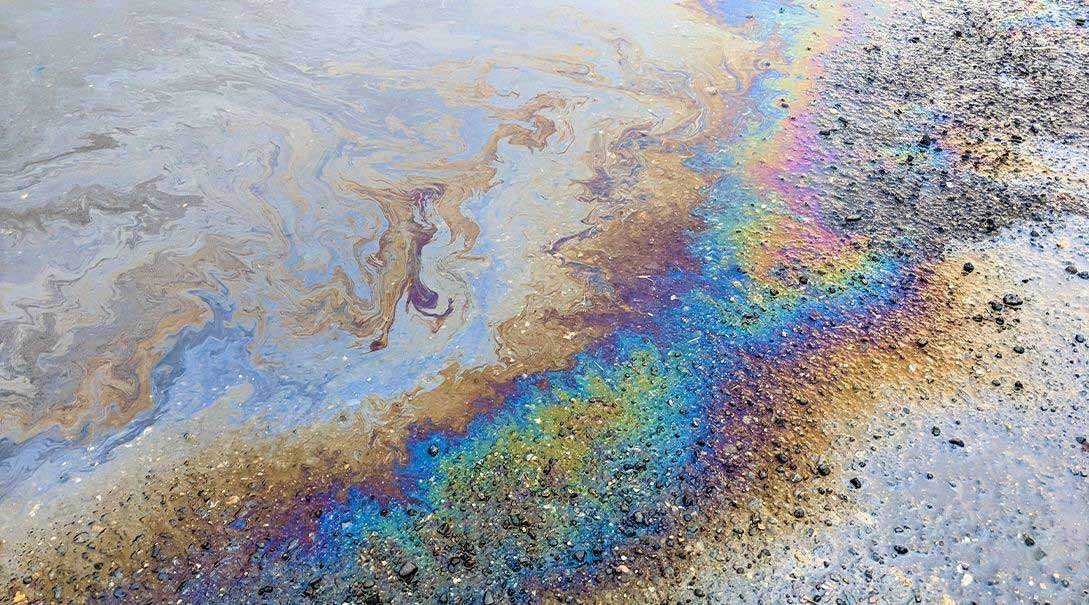
Top 10 Benefits of Environmental Remediation Services
Environmental remediation is a process that is used to safeguard the environment and protect human health by removing contaminants and… Read More.

Environmental remediation is a process that is used to safeguard the environment and protect human health by removing contaminants and… Read More.
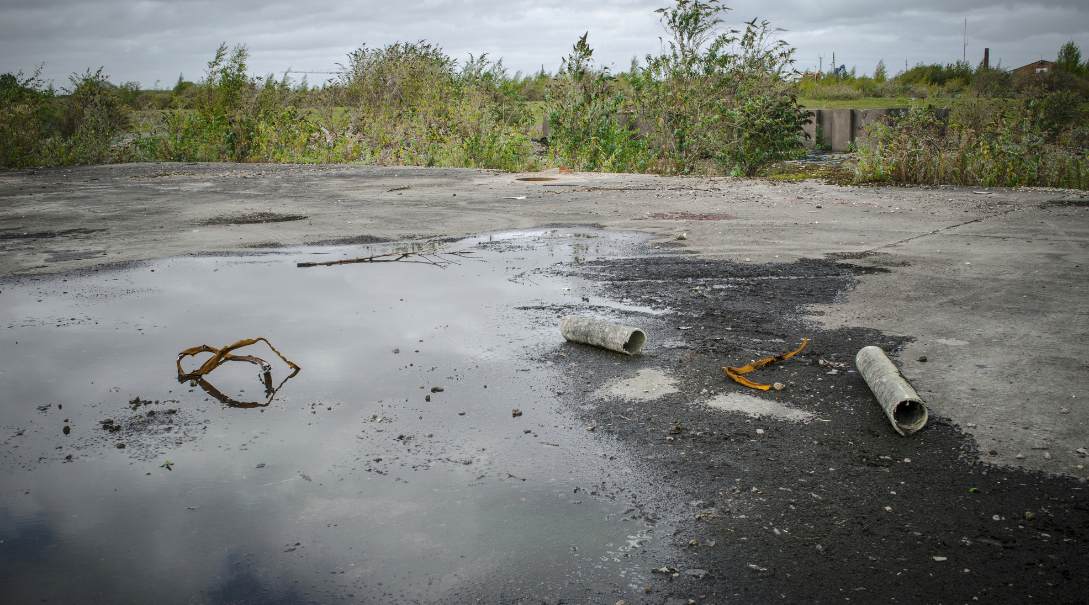
Bioremediation is a cost-effective, eco-friendly solution for environmental restoration, reducing financial burdens often associated with traditional remediation methods. Unlike conventional… Read More.
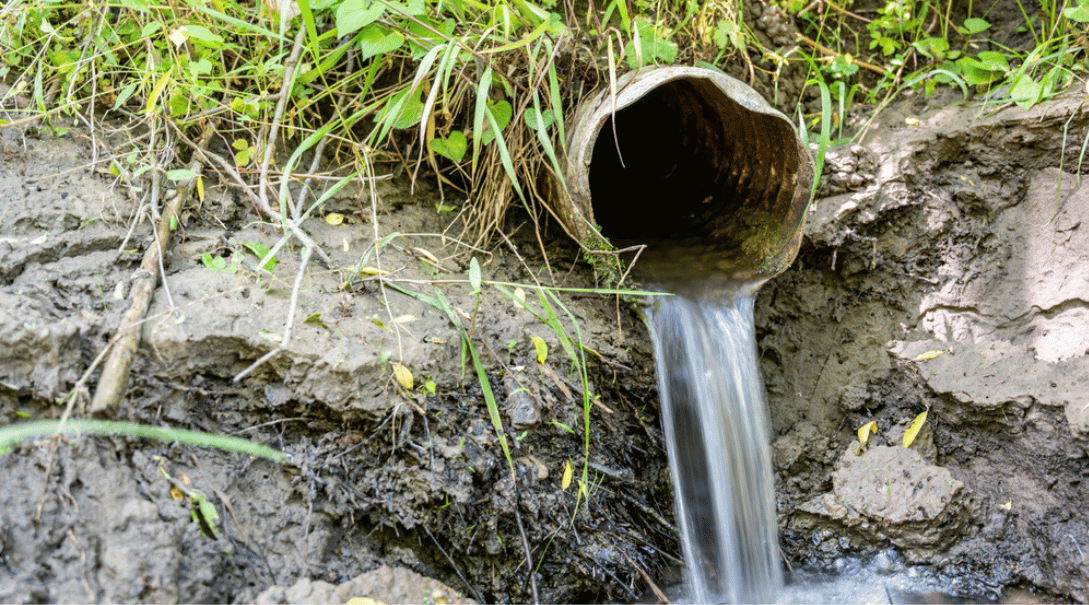
The presence of toxic chemicals in waterways from storm runoff causes long-term environmental harm. Since enacting the Clean Water Act… Read More.
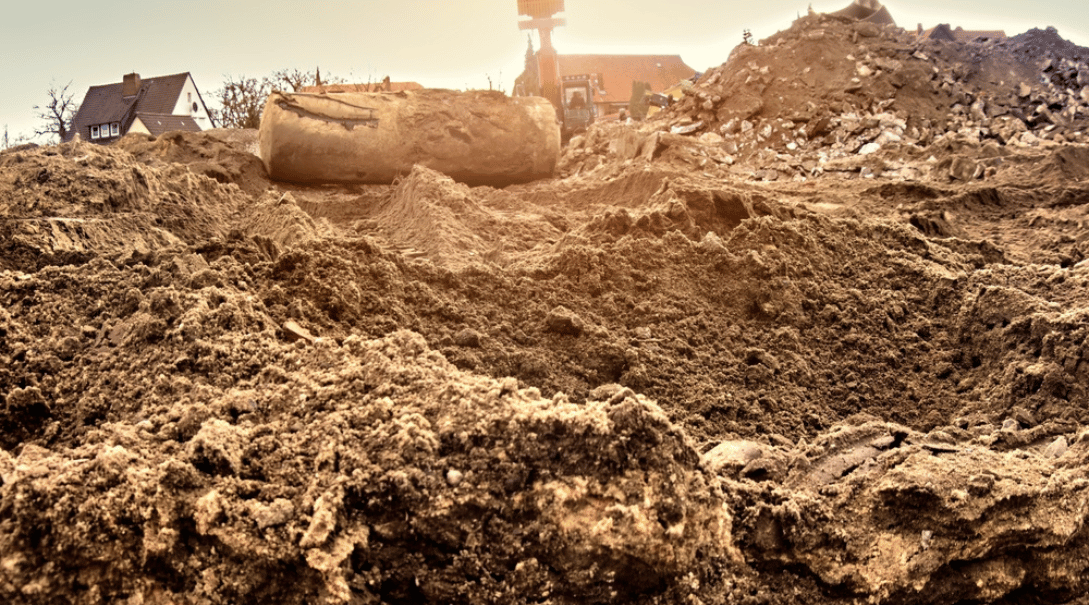
Air sparging is an increasingly popular remediation technique due to its ability to remove contaminants from groundwater. The remediation team will inject… Read More.
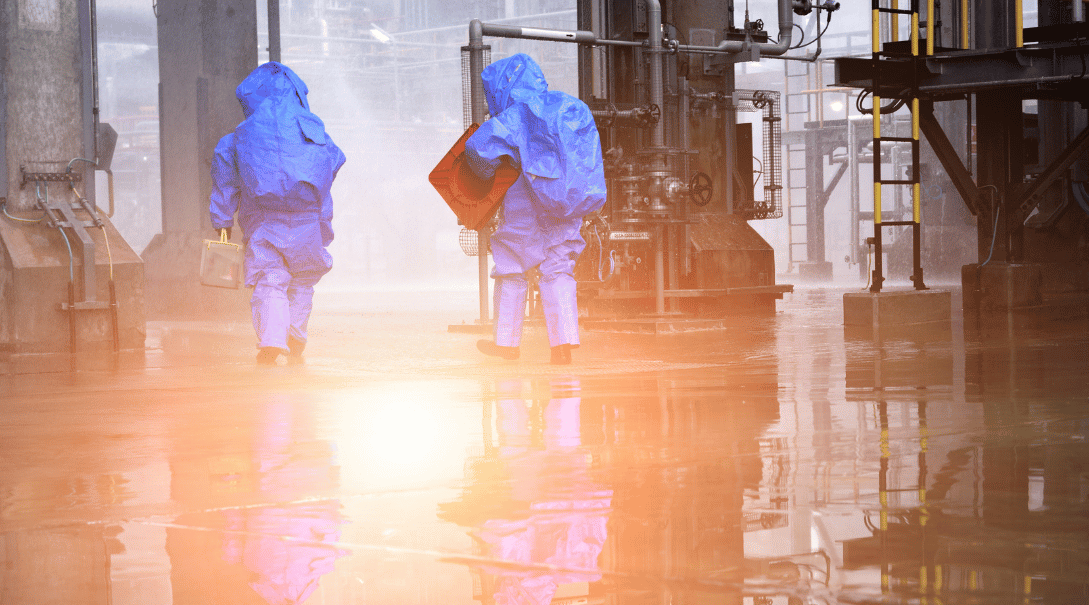
In the event of a chemical spill, taking action quickly and responding in accordance with the proper chemical spill response… Read More.
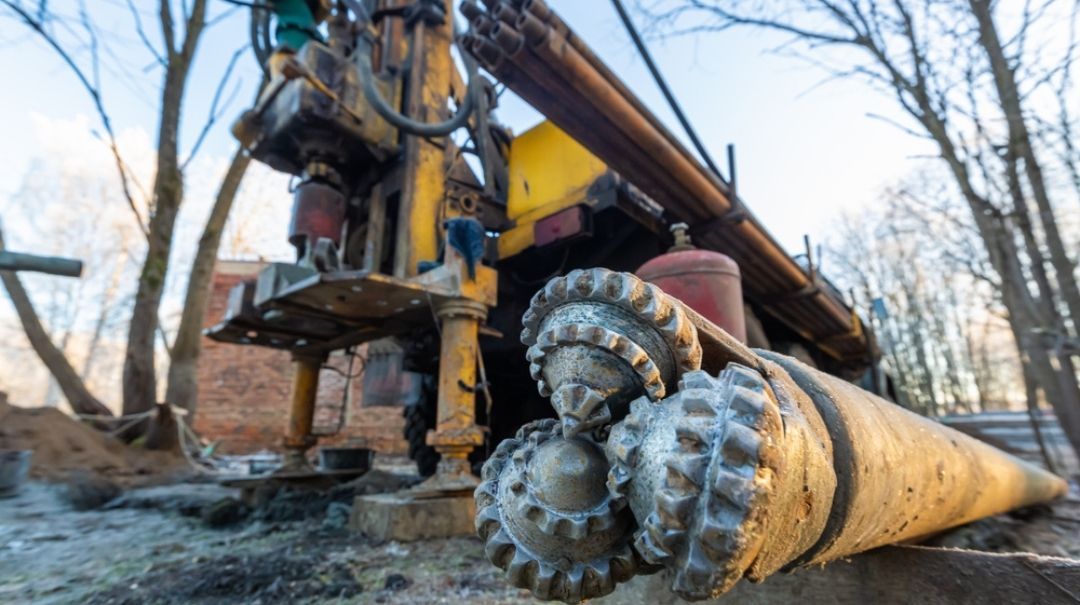
Geotechnical drilling is a type of drilling that helps construction teams better understand the makeup of the soil that they’re going to build on.
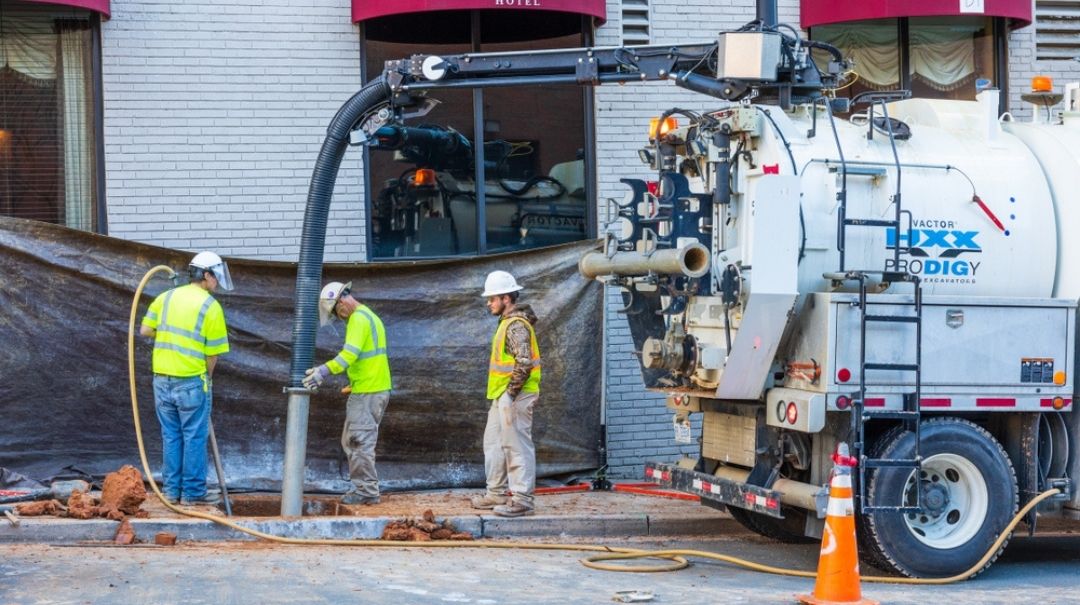
Identifying the most common hazardous waste violations can help your business avoid costly OSHA fines and penalties and ensure the protection of your employees. Here’s what you need to know about how to stay away from violations and what to do in the event of an emergency.
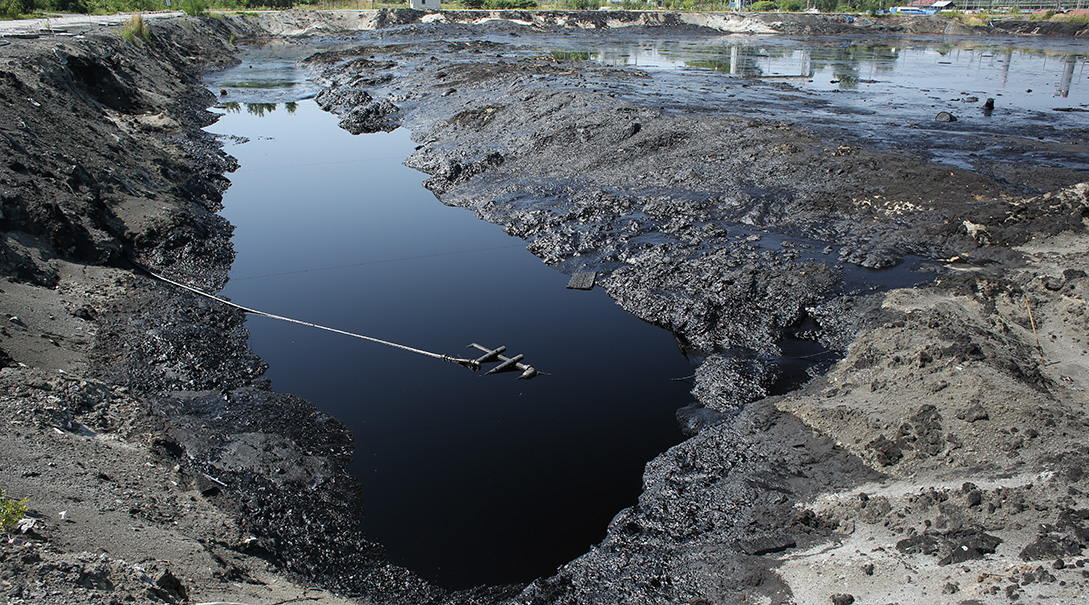
Environmental remediation is the process of restoring contaminated soil, groundwater, surface water, air, and other types of environmental media to… Read More.
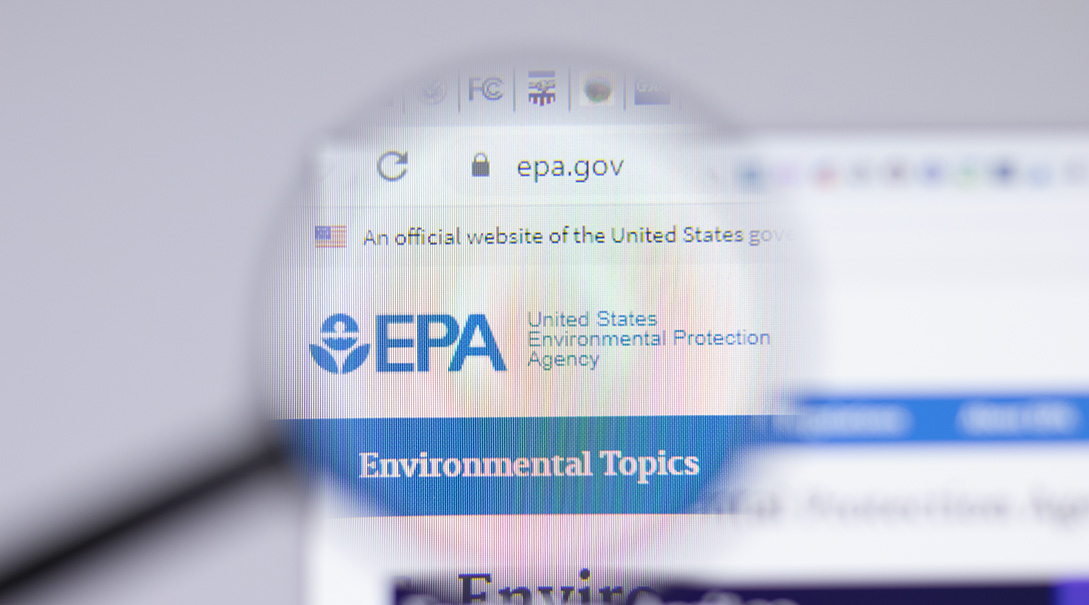
The Environmental Protection Agency (EPA) is a federal regulatory agency charged with protecting the environment and public health by writing and enforcing… Read More.
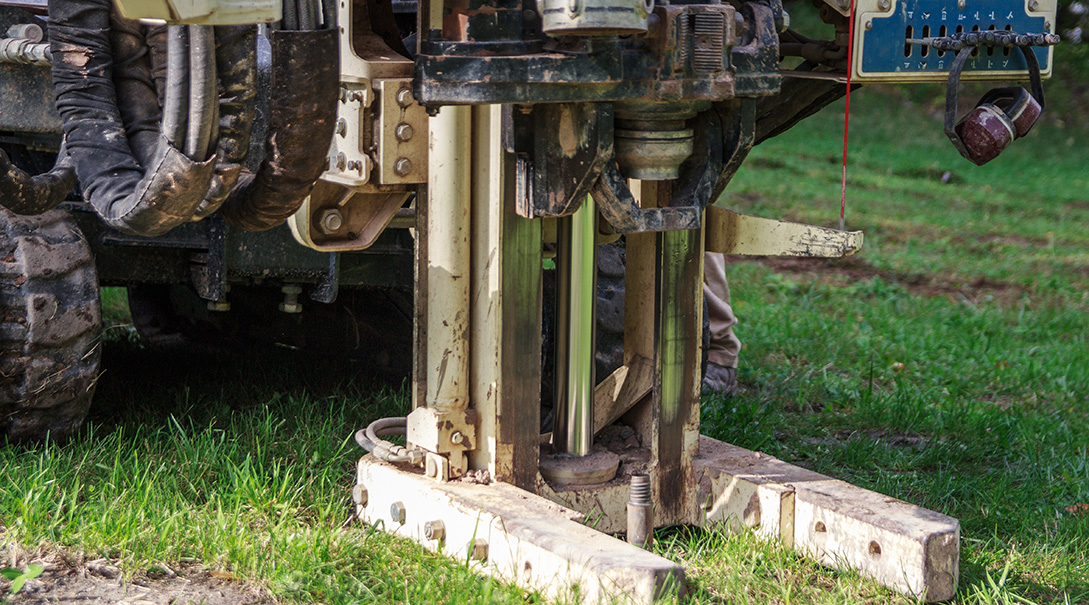
Environmental due diligence involves a legal and technical investigation conducted to satisfy certain liability protections for landowners, tenants, and prospective… Read More.